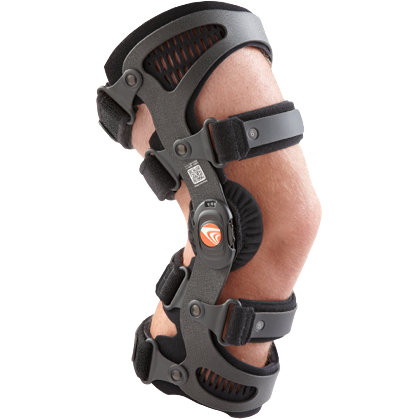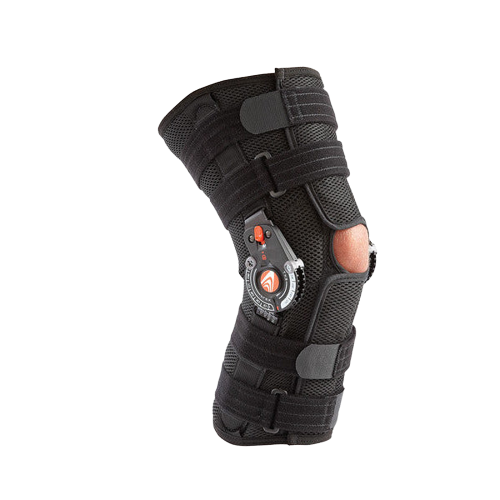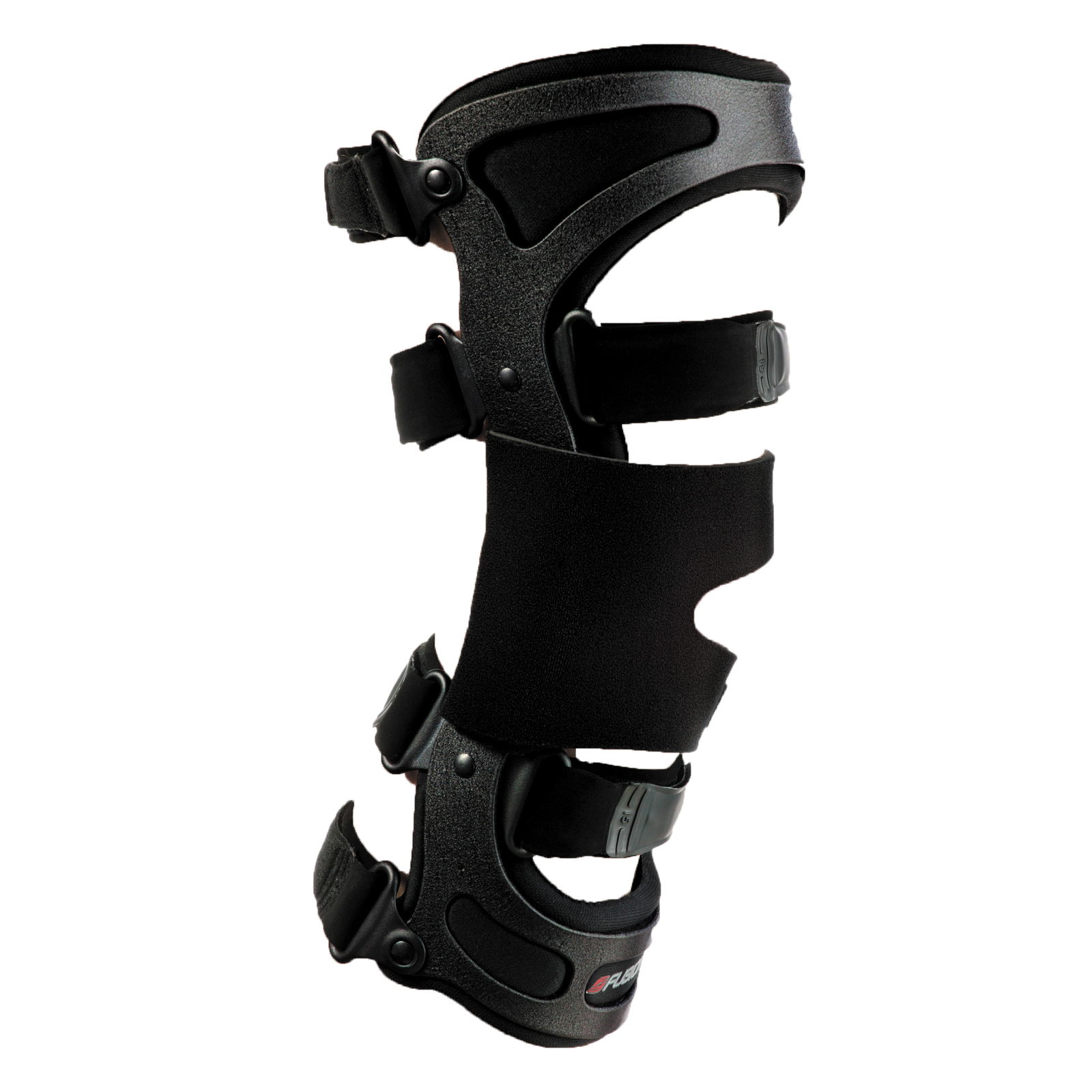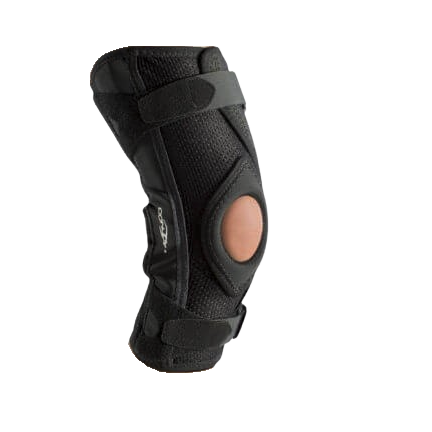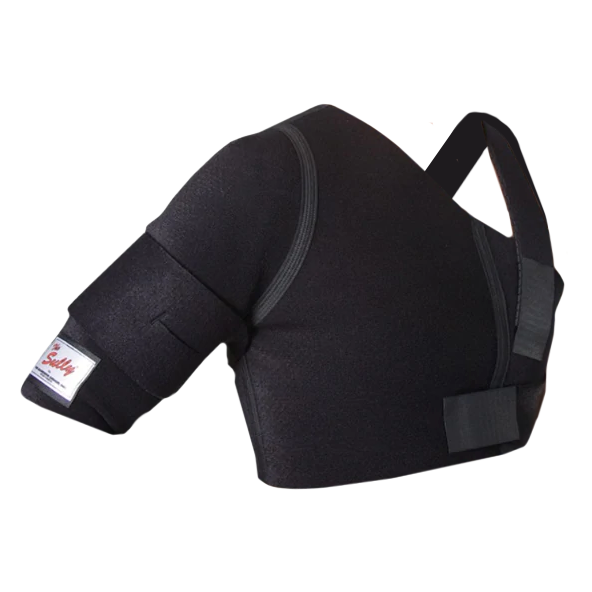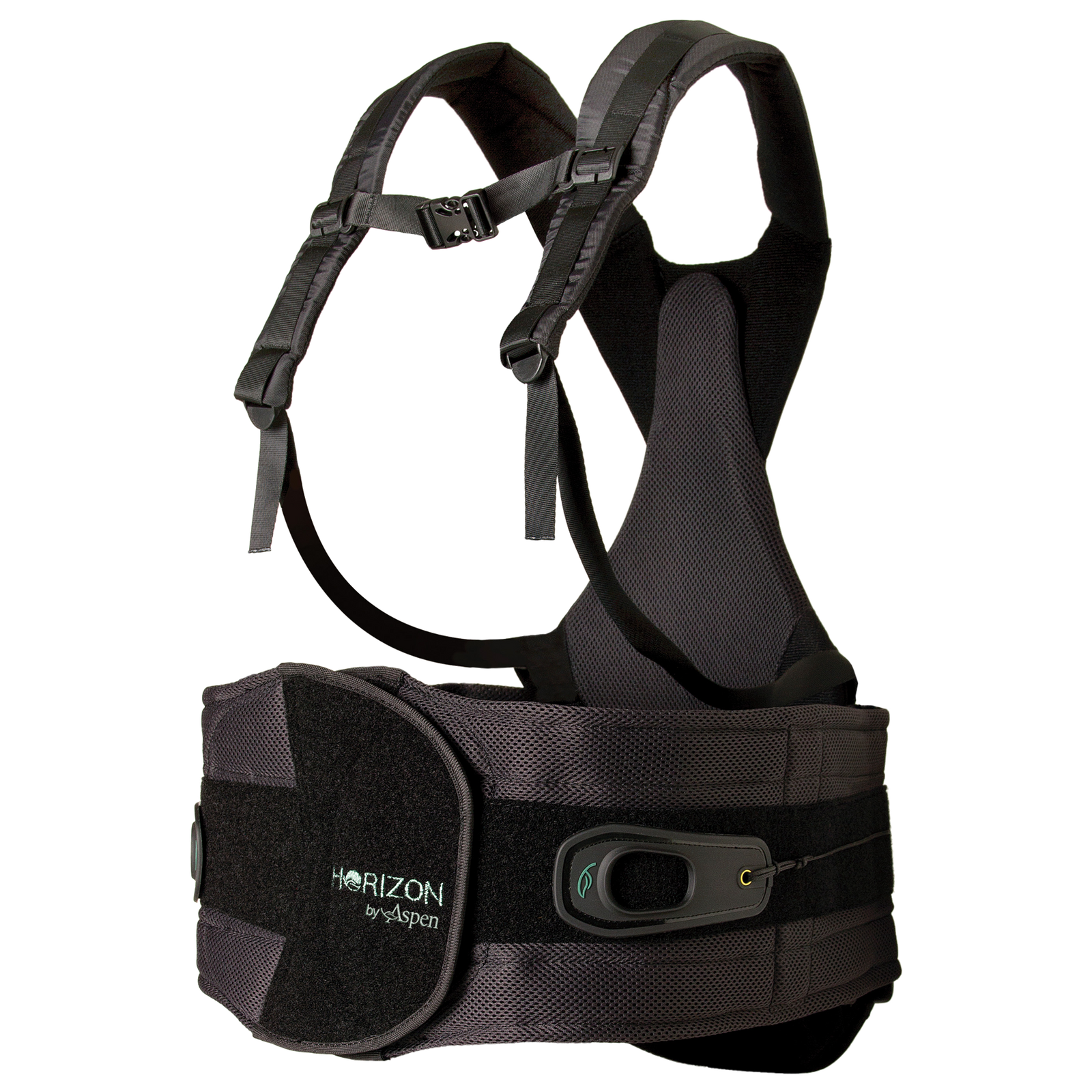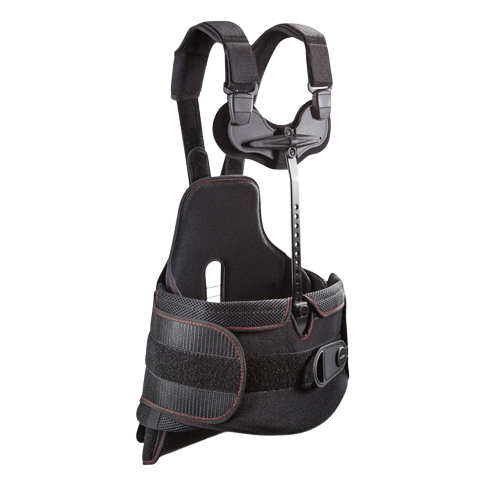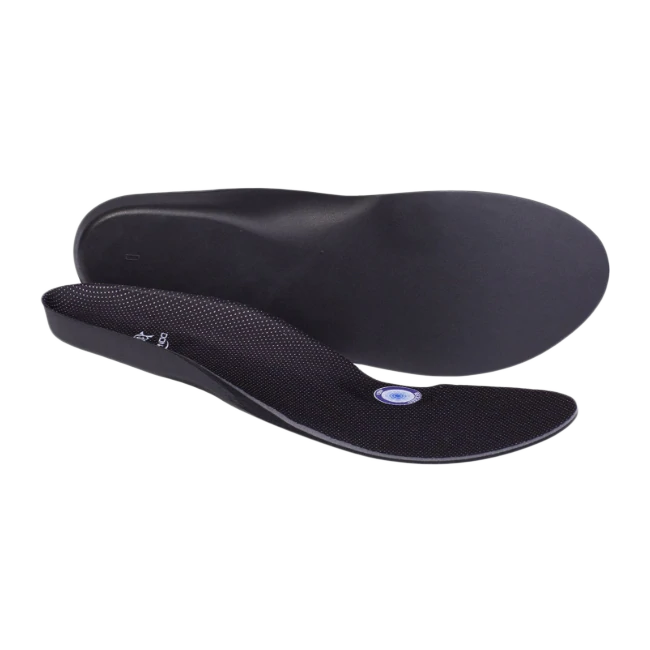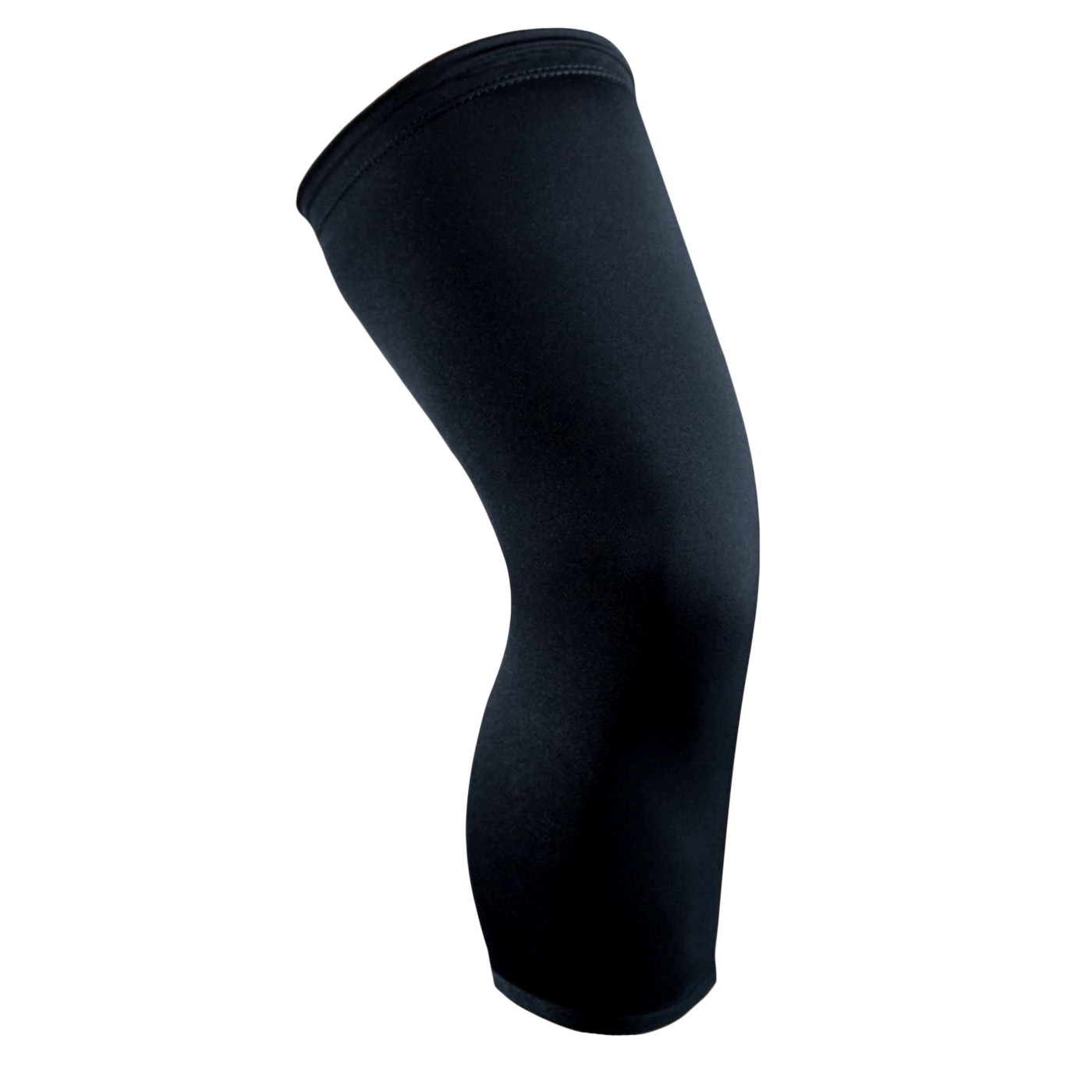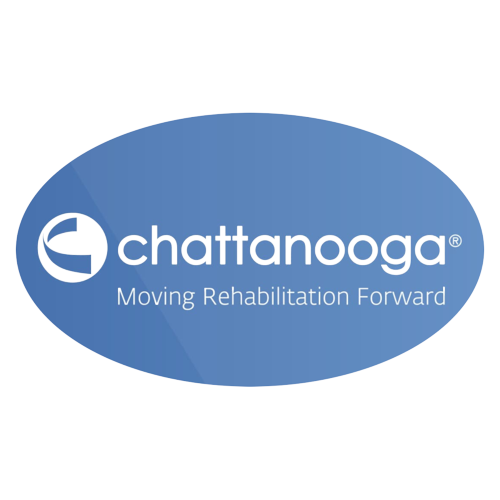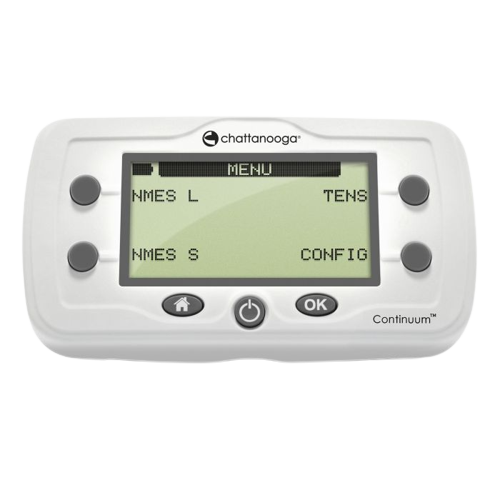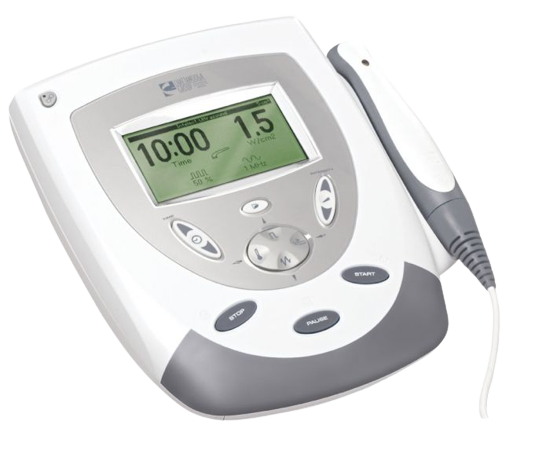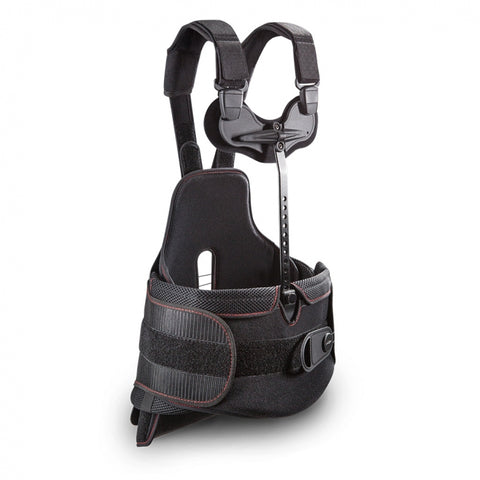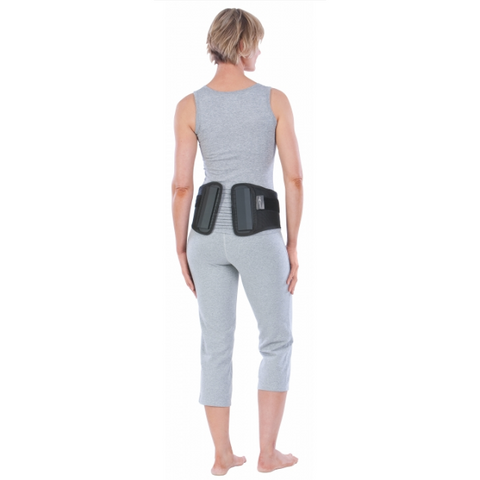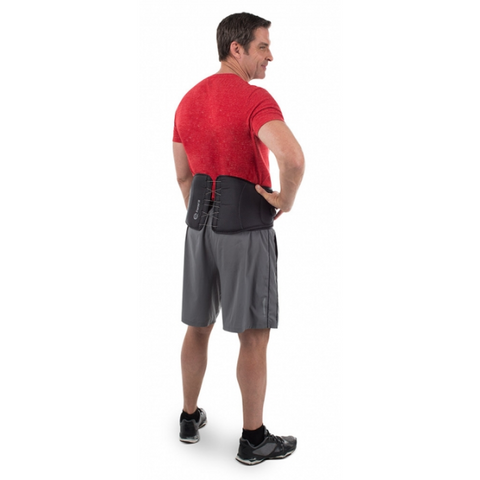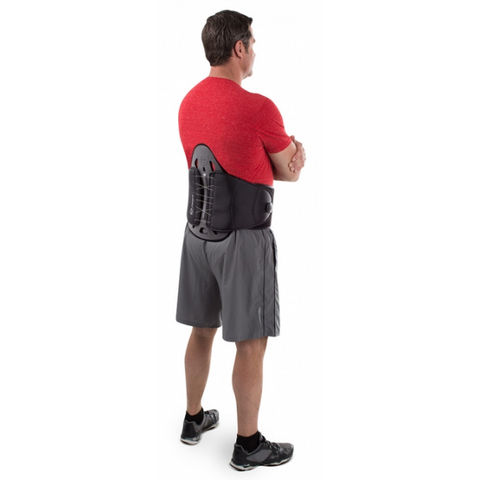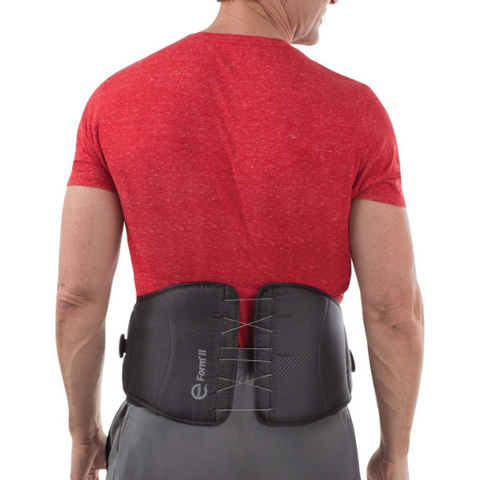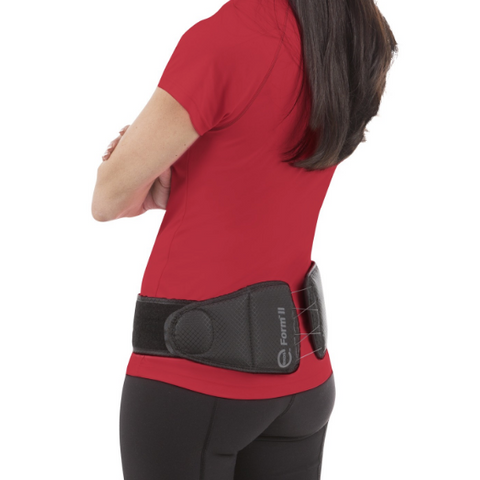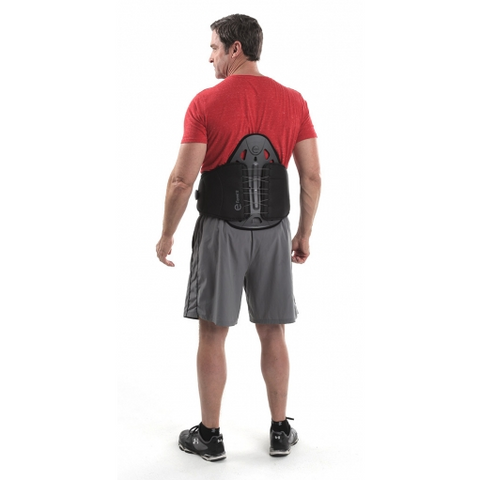
Although lower back pain affects different people differently, one thing is for sure: pain in your lower back can make life miserable. Whether you’re dealing with a dull ache when you walk or a sharp pain when you try to bend over, lower back pain makes even simple tasks a painful chore.
Although there’s no magical cure for lower back pain, wearing a back brace can make a real difference to your recovery. But should I wear a back brace for lower back pain, and how long should you wear a back brace for lower back pain, exactly? That’s what we’ll discuss today.
In this article, we’ll explain how to wear a back brace for lower back pain, giving you tips and advice to help you on your journey to a healthy, pain-free back.
Should I Wear a Back Brace for Lower Back Pain?
Lower back pain can disrupt daily life, bringing discomfort to everything from putting on your shoes to sitting at a desk. So, should I wear a back brace for lower back pain? Let’s take a look at the advantages that a back brace can bring for lower back pain.
Immediate Relief
Back braces can provide quick relief from acute lower back pain. They work by stabilizing the spine and supporting the muscles in the affected area. This added support can reduce the strain on your lower back, alleviating pain and discomfort.
If you're experiencing sudden, severe pain, a back brace may offer temporary respite, allowing you to go about your day with less discomfort.
Posture Correction
Poor posture is a common contributor to lower back pain. Back braces can help to correct your posture by providing external support that encourages proper spinal alignment. They can help you maintain a neutral spine position, especially if you find it challenging to do so on your own.
Wearing a back brace intermittently can serve as a valuable reminder to maintain good posture throughout the day. Over time, this can help retrain your muscles and improve your posture even when you're not wearing the brace.
Muscle Memory
One potential drawback of wearing a back brace for extended periods is that it can hinder the development of the muscles that support your spine. Muscles weaken when they are not actively engaged, and over time, this can lead to increased vulnerability to back pain.
In short, if your muscles become reliant on the brace for support, they may atrophy or lose strength. So, how long should you wear a back brace for lower back pain without risking long-term back health? Let’s look at that next.
Why it Matters How Long You Wear a Back Brace for Lower Back Pain
How long should you wear a back brace for lower back pain, and why does it matter in the first place? Let’s take a look at why the duration of your back brace usage is so important.
Avoiding Dependence
One of the only concerns when using a back brace for lower back pain is the potential for dependency.
While a back brace can offer relief and support, relying on it excessively can lead to a weakening of the muscles that support your spine. Your body may become dependent on the external support provided by the brace, making it difficult to function without it.
To avoid this dependence, it's crucial to wear the back brace only as recommended by your healthcare provider or physical therapist. Typically, this involves using the brace for a specified period, gradually reducing its usage as your back pain improves.
So, how long should you wear a back brace for lower back pain without becoming dependent on it? The goal is to strike a balance between providing support when needed and allowing your muscles to become strong enough to maintain spinal stability on their own.
Ensuring Optimal Healing
The duration for which you wear a back brace can significantly impact the healing process. In the early stages of lower back pain, wearing a brace may provide immediate relief by reducing strain on the affected area.
However, using a back brace for too long can hinder the body's natural healing mechanisms. Make sure you consult with your doctor or orthopedic specialist to determine the appropriate timeline for brace usage based on the cause and severity of your lower back pain.
Balance of Support and Strength Building
The key to effective back brace usage lies in striking a balance between providing support and building strength. A back brace can offer immediate relief and assist in maintaining proper posture, but it should not replace the need for strengthening exercises.
To maximize the benefits of a back brace, it should be used as part of a structured exercise regimen tailored to your specific condition. Strengthening the muscles surrounding your lower back is essential for preventing future episodes of pain and maintaining a healthy spine.
Factors Influencing the Duration of Wearing a Back Brace
How long should you wear a back brace for lower back pain, and what factors influence this decision? The duration for wearing a back brace is not one-size-fits-all; it depends on several factors specific to your condition and treatment plan. So, what are they? Let’s take a look.
Severity of Pain
If you have acute back pain resulting from a recent injury or strain, wearing a brace may be recommended for a shorter period, typically a few days to a few weeks. This initial phase aims to provide relief and support during the acute stage of injury when the pain is most intense.
In contrast, chronic lower back pain may require a longer duration of brace usage, but it's essential to address the underlying causes of the pain as well. Your doctor or specialist will assess the severity of your pain and tailor the duration of brace usage to your specific needs.
Type of Injury or Condition
The type of injury or underlying condition causing your lower back pain also plays a role in how long you should wear a back brace. Some conditions, such as herniated discs or spinal fractures, may require more extended periods of brace usage to promote healing and stability.
For certain acute injuries, a brace may be used as part of an initial treatment plan, with its usage decreasing as the injury heals and the pain subsides. For some chronic conditions, a back brace may be used intermittently for support and posture correction long-term.
Physician or Therapist Recommendations
Perhaps the most crucial factor in determining the duration of back brace usage is the guidance and recommendations of your healthcare provider or physical therapist. These professionals will assess your specific condition, consider your pain level, and account for other factors.
Your healthcare provider will also monitor your progress and adjust the treatment plan as needed. This may involve gradually reducing the amount of time you wear the brace as your pain improves and your muscles strengthen.
So, How Long Should You Wear a Back Brace For Lower Back Pain?
With those factors in mind, how long should you wear a back brace for lower back pain? While it will ultimately come down to your doctor’s recommendations, here are some guidelines for how long to wear your back brace.
Initial Phase
The initial phase of back brace usage is typically prescribed when you are experiencing acute lower back pain. During this phase, the primary goal is to provide immediate relief and support as your body begins the healing process. The duration of this phase varies.
If you have mild to moderate lower back pain, your healthcare provider may recommend wearing the brace for around 1-2 weeks. In cases of severe pain or significant injury, the initial phase may extend for several weeks to immobilize the spine while the tissues heal.
Maintenance Phase
After the initial phase, you will typically transition into a maintenance phase. During this stage, the focus shifts towards improving muscle strength and posture to prevent future episodes of lower back pain.
Your healthcare provider or therapist will guide you through a gradual reduction in brace usage. This might involve wearing the brace for part of the day, during specific activities, or as needed for support.
The maintenance phase emphasizes exercise and physical therapy to strengthen the muscles supporting your spine. As your strength improves, the brace usage decreases to encourage your body to rely on its own support.
Activity-Based Usage
In some cases, back brace usage becomes more activity-based as you progress in your recovery journey. This means wearing the brace when engaging in activities that could strain your lower back, such as lifting heavy objects, playing sports, or sitting for extended periods.
More Tips on How to Wear a Back Brace for Lower Back Pain
Learning how to wear a back brace for lower back pain extends beyond understanding the duration of wearing your brace. Here are some other tips for helping your body heal quickly and effectively with a back brace.
Getting the Best Back Brace
Choosing the right back brace is crucial for your comfort and support. Here at Ortho Bracing, we stock leading orthopedic brands and products to enhance your recovery.How much is a back brace from Ortho Bracing? You won’t find better prices anywhere, even from your doctor!
If you’re not sure which brace is right for you, ask our team! We’re available 24/7 and are always happy to help. Or, start by browsing our top-ratedDonjoy Back Brace products - Donjoy is a leading orthopedic brand with a great selection of back braces to choose from.
Fit and Comfort
A well-fitting back brace is essential for its effectiveness and your comfort. It should snugly fit your body without being too tight or restrictive. Follow the manufacturer's sizing guidelines and make any necessary adjustments to achieve a comfortable fit.
An ill-fitting brace can lead to discomfort, chafing, or even exacerbate your pain. Make sure you understandhow to wear a back brace for lower back pain andhow a back brace works to gain the most therapeutic benefits from your brace.
Integrating Other Therapies
While a back brace can provide support and relief, it is most effective when integrated into a comprehensive treatment plan. Complementary therapies can work together to address the underlying causes of your lower back pain.
Combine brace usage with other therapies recommended by your healthcare provider, such as physical therapy, thebest cold therapy machine toreduce post-surgery swelling, stretching exercises,electrotherapy for back pain, and pain management techniques.
Listening to Your Body
Pay close attention to your body's signals when wearing a back brace. If you experience increased pain, discomfort, or any unusual sensations while using the brace, consult your doctor to discuss adjustments to the brace's fit or usage.
Alternating Periods
Avoid continuous and prolonged use of a back brace, as this can lead to muscle atrophy and dependence on the device. Instead, consider alternating periods of brace usage with periods of rest.
This helps your muscles remain engaged and prevents reliance on external support. Also, make sure you understand the difference between anabdominal binder vs back brace, as a binder may be a better option for long-term use.
Benefits of Movement
While wearing a back brace, aim to maintain regular, gentle movement. Not enough movement can lead to stiffness and muscle weakness. Engage in light activities and stretching exercises to promote circulation and maintain muscle tone.
Make sure that any movements you perform are within the limitations and guidelines provided by your healthcare professional, and never try to move or exercise if it’s painful!
Closing Thoughts on How Long to Wear a Back Brace for Lower Back Pain
So, how long should you wear a back brace for lower back pain? As you can see, it varies depending on the type of injury or condition you’re healing and other factors. Your doctor or orthopedic specialist can help you determine how long to wear your brace.
If you’re looking for top-quality back braces, you’re in the right place! Here at Ortho Bracing, we stock leading orthopedic devices and equipment to help you heal safely, quickly, and comfortably. With next-day shipping and the lowest prices, there’s no better place to shop.
Plus, our team of experts is available 24/7 to answer any of your questions, likewhen should you use cold therapy,how long to wear a knee brace in a day,how to choose a knee brace, or understanding the difference between aknee brace vs knee sleeve.
To further enhance your healing, check out our other equipment likePolar ice machines,Chattanooga ultrasound machines,Donjoy products, andBreg products. Plus, discover the manybenefits of electrotherapy with aChattanooga electrotherapy machine.
Heal your lower back pain safely and effectively with a back brace and other orthopedic equipment from Ortho Bracing.












